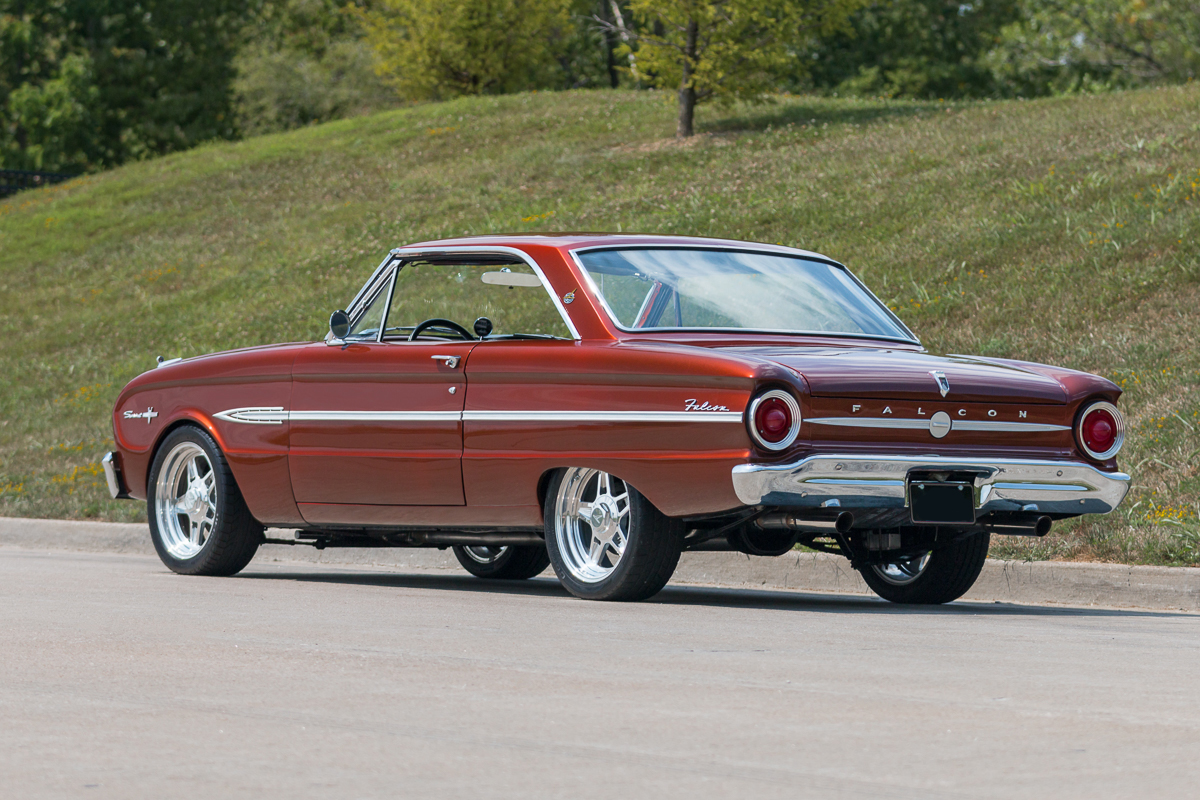
Studebaker also introduced the Lark, and Rambler downsized its near-compact American in 1959. Thus, all three introduced compacts: the Valiant from Chrysler (becoming the Plymouth Valiant in 1960, and joined by a downsized Dodge Dart in 1961), GM's Chevrolet Corvair, and the Ford Falcon. Furthermore, many American families were now in the market for a second car, and market research showed women especially thought the full-size car had grown too large and cumbersome.Īt the same time, research showed many buyers would prefer to buy US or Canadian if the domestic manufacturers offered a smaller car with lower cost of ownership.


Large automobiles were becoming increasingly expensive, making smaller cars such as Fiats, Renaults, Toyotas, and Volkswagens increasingly attractive. Towards the mid-1950s, all three manufacturers realized that this strategy would no longer work. Historically, the "Big Three" auto manufacturers ( GM, Ford, and Chrysler), focused purely on the larger and more profitable vehicles in the US and Canadian markets. He decided the new car did not fit with Ford's other offerings, so this design eventually became the Mercury. Following its initial 1970 discontinuation, Ford marketed a second "1970½" Falcon, serving as its lowest-price intermediate series, slotted below the Ford Fairlane and Ford Torino.įrom 1959 to 1969, the Falcon was manufactured by Ford in multiple facilities across North America.Įdsel Ford first used the term "Falcon" for a more luxurious Ford he designed in 1935. For the 1970 model year, the Falcon was replaced by the Ford Maverick, through the 1975 introduction of the Ford Granada, the chassis of the 1960 Ford Falcon was used through the 1980 model year in North America, and until 1991 in Argentina. Through the 1960s, Ford produced three generations of the Falcon, all derived on the same platform architecture. During its production, the Falcon served as the basis for multiple Ford vehicle lines, including the first generations of the Ford Mustang pony car and the Ford Econoline/Ford Club Wagon vans. Through its production, the Falcon was offered in the same body styles as its full-sized Galaxie counterpart, including two-door and four-door sedans, two-door hardtops and convertibles, two-door and four-door station wagons (the former, serving as a basis of the final Ford sedan delivery), and coupe utility pickups (serving as the basis of the Ford Ranchero). In contrast to its competitors, the Falcon was developed as a scaled-down version of the full-size Ford Galaxie sedan. The first compact car marketed by the American Big Three automobile manufacturers (though antedated by the Rambler American), the Falcon was the third car line introduced by Ford, following the full-sized Ford and the Ford Thunderbird. The Ford Falcon is a model line of cars that was produced by Ford from the 1960 to 1970 model years.


 0 kommentar(er)
0 kommentar(er)
